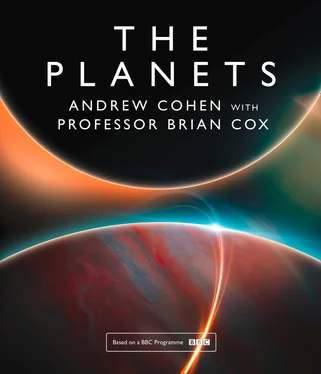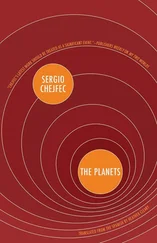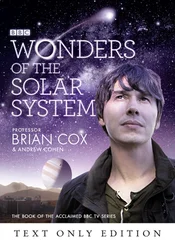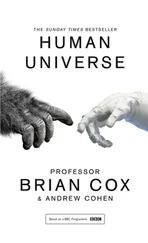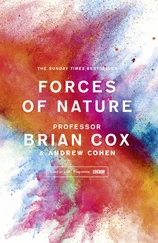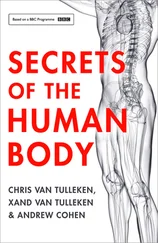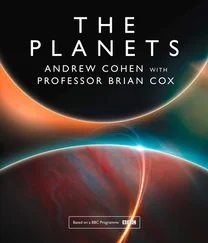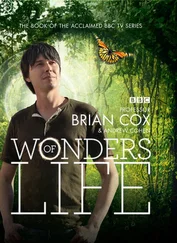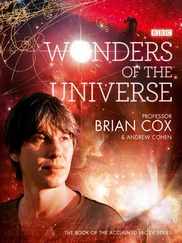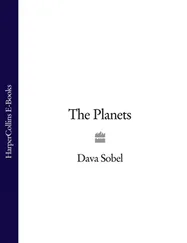Topography
Messenger’s MLA equipment was able to measure the difference in elevation across the northern hemisphere of Mercury, revealing it to be 10 kilometres between the lowest and highest regions.
Temperature
Messenger recorded expected information about the temperature of the planet, that the craters which were sunlit reached high temperatures, reflected in the red colouration of these images.
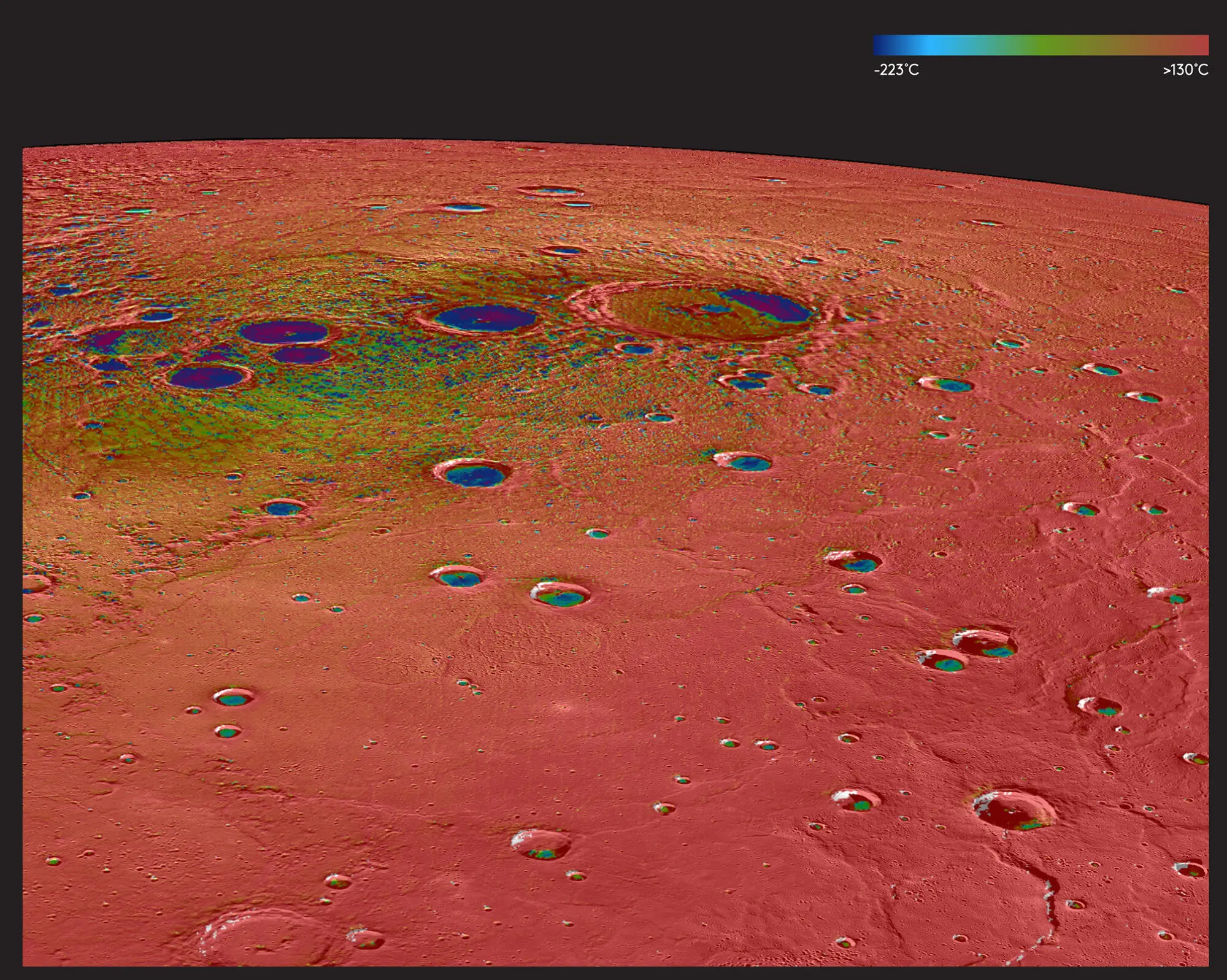
© NASA/Johns Hopkins University Applied Physics Laboratory/Carnegie Institution of Washington
Geology
In this enhanced colour mosaic, the smooth volcanic plains of the Caloris basin are coloured yellow, with the craters picked out in blue.
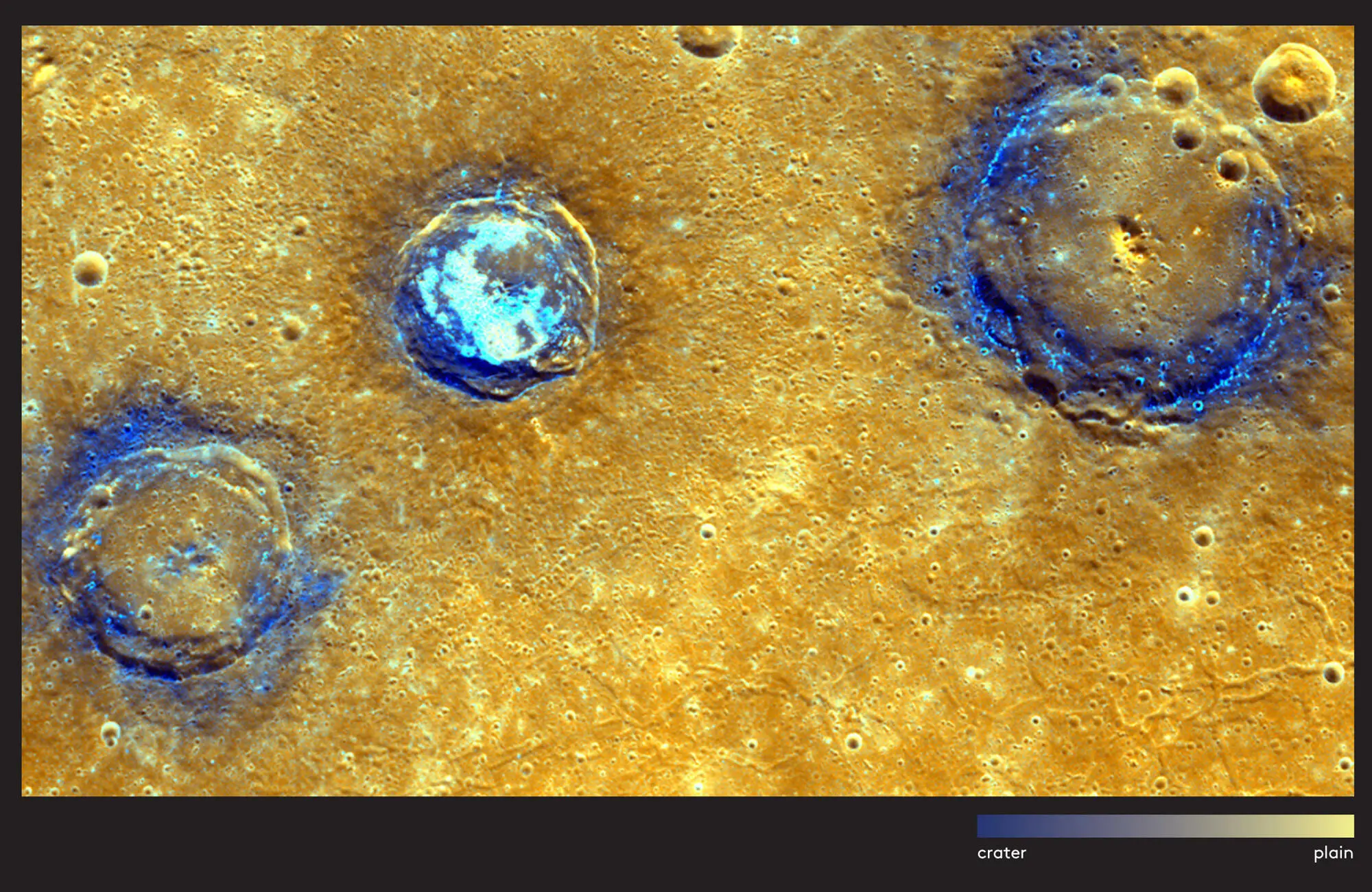
© NASA/Johns Hopkins University Applied Physics Laboratory/Carnegie Institution of Washington
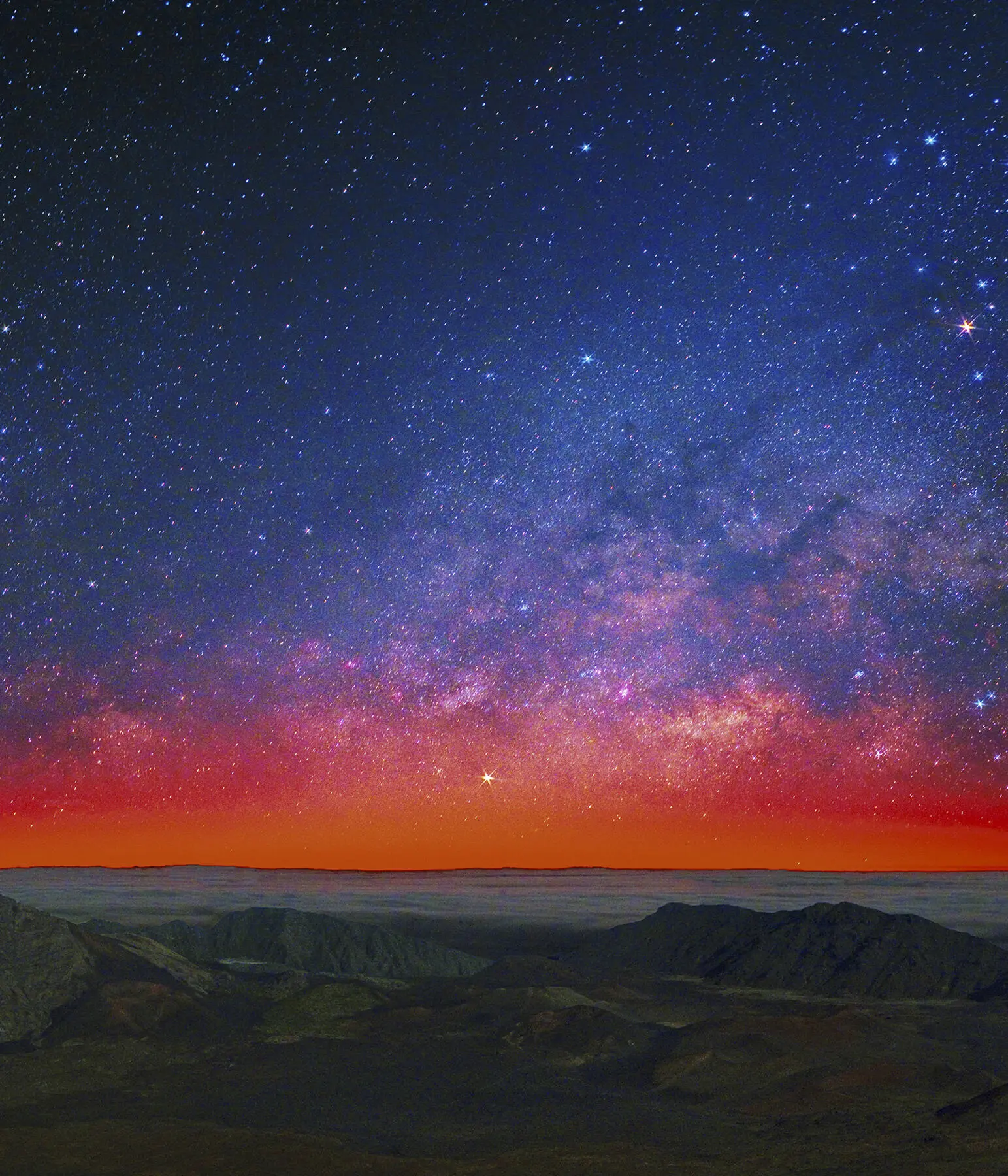
© WALTER PACHOLKA, ASTROPICS / SCIENCE PHOTO LIBRARY
As predictable as the sunrise, Mercury keeps its place in our solar system, visible in the glow of dawn over Haleakala National Park, Hawaii.
A SECRET HISTORY
Mercury, like all four of the rocky siblings, was formed of molten rock. A few million years later, as the young planet began to cool, its crust solidified and its journey around the Sun transformed from being part of a swirling cloud into a clearly defined passage, an orbit. The path the infant Mercury travelled, however, was most probably far removed from the course it now holds. The young Mercury was born not as the closest planet to the Sun but at a much greater distance, far beyond the orbit of Venus, beyond Earth, perhaps even beyond Mars. This was a planet that came into being in the mildest region of the Solar System. It was far enough away from the Sun to allow volatile elements like sulphur, potassium and phosphorus to be folded into its first rocks without being vaporised away by the heat of the Sun, but maybe near enough for its surface to be warmed, perhaps even just the right amount for liquid water to settle on its surface. This may well have been a planet big enough to hold an atmosphere, a watery world upon which all the ingredients of life could well have existed. Mercury, it seems, really did have its own moment in the sun, but these hopeful beginnings were not to last.
Today it’s hard to imagine the planets in any orbit other than our night sky. They feel eternal, permanent, and so it’s natural to think of the Solar System as a piece of celestial clockwork, a mechanism running with perpetual and unchanging precision, marking out the passage of time. In time frames that we can comprehend – days, weeks, months and years – the motion and trajectory of the planets is just that: clockwork. We use these markers to plot out the 24 hours of a day, 365 days of a year, and the lunar cycle is, of course, intimately linked to our months. Beyond that, Newton’s laws of universal gravitation first described in 1687 allow us to this day to plot out the trajectories of all the heavenly bodies far into the future and back into the distant past. This predictability of motion is what allows us to plot great astronomical events, such as eclipses and transits, far into the future. It’s why, for example, we can predict that on 14 September 2099 the Sun, Moon and Earth will be in precise alignment to create the final total solar eclipse of the twenty-first century across North America.

© SCOTT CAMAZINE / SCIENCE PHOTO LIBRARY
Chaos theory is used to predict the development of large-scale events from a given starting point, as shown in this Henon mapping of a chaotic system.
But 100 years ahead or behind us is nothing more than a proverbial blink in terms of the life of the Solar System, and over longer durations the clockwork becomes a lot less reliable. If there was only one planet orbiting one star – for example, if Mercury was the orphan child of the Solar System – we would be able to calculate precisely the gravitational force between Mercury and the Sun, and to plot Mercury’s orbit around the Sun with essentially infinite precision. But add one more planet into our rather vacant imaginary solar system – let’s say we make it Jupiter – so there is now a gravitational force between all three objects – the Sun, Mercury and Jupiter – and it’s no longer possible to calculate exactly where they’re all going to be in the future or where they were at some point in the past.
‘One possible theory is that Mercury didn’t form where it is today, but much closer to the other planets, maybe even outside of Venus, or Earth, or somewhere in between. Then because of interactions with Jupiter, Earth, Venus, and so on, it got put into a chaotic path that pushed it farther into the Sun.’
Larry Nittler, cosmochemist, Messenger mission
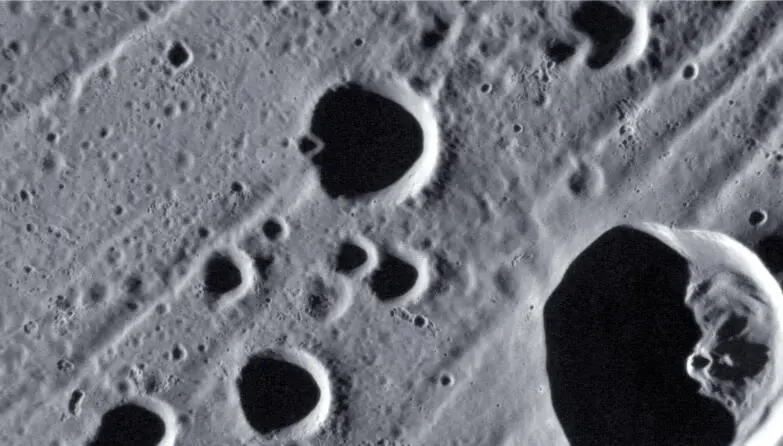
© NASA/Johns Hopkins University Applied Physics Laboratory/Carnegie Institution of Washington
The incredible shrinking planet
The surface of Mercury is made up of just one continental plate covering the entire planet. Over the billions of years since its formation at the birth of the Solar System, the planet has slowly cooled, a process all planets undergo if they lack an internal source of heat renewal. As the liquid iron core solidifies, it cools, and the overall volume of Mercury shrinks.
When NASA’s Mariner 10 mission circled the planet in the 1970s, it captured images of surface features created by the shrinkage. The contracting planet pushed the crust up and over itself, forming scarps that can extend miles below the planet’s surface. At the same time, the shrinking surface caused the crust to wrinkle up on itself, forming so-called ‘wrinkle ridges’.
The scarps and wrinkle ridges identified by Mariner 10 allowed scientists to estimate that the planet had lost approximately 1 to 2 kilometres in global radius, a finding that contrasted with their understanding of the heat loss the planet suffered over time.
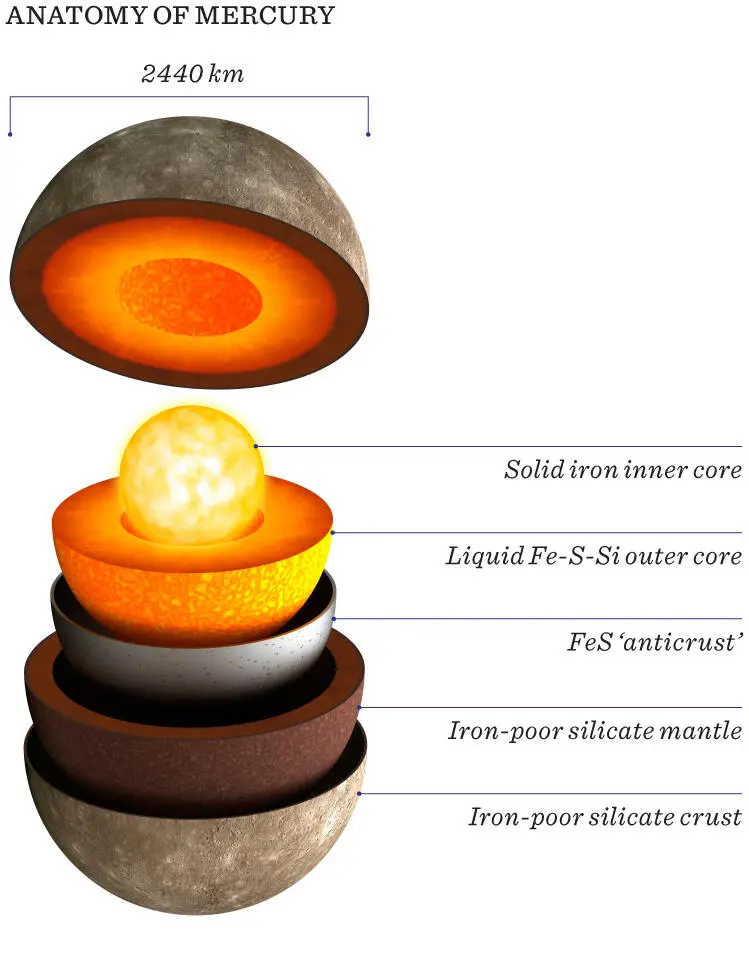
© MARK GARLICK / SCIENCE PHOTO LIBRARY
When there are more than two objects in play at any one time you have what physicists call a chaotic system. It means the planets can push and pull one another, moving entire orbits in ways we simply cannot predict. So the further we look back in time, the less certain we are of the position of any of the planets. Our mathematics fails, so instead we have to rely on circumstantial evidence to piece together a picture of the past. In the case of Mercury, it’s the evidence from Messenger detailing the levels of volatile elements like potassium and sulphur that enable us to begin to understand the early life of the planet and infer that Mercury must have begun life further out in the Solar System than it finds itself today. So what happened next? How did a planet that began its life in the sweet spot of the Solar System end up in the scorched interior?
Читать дальше
